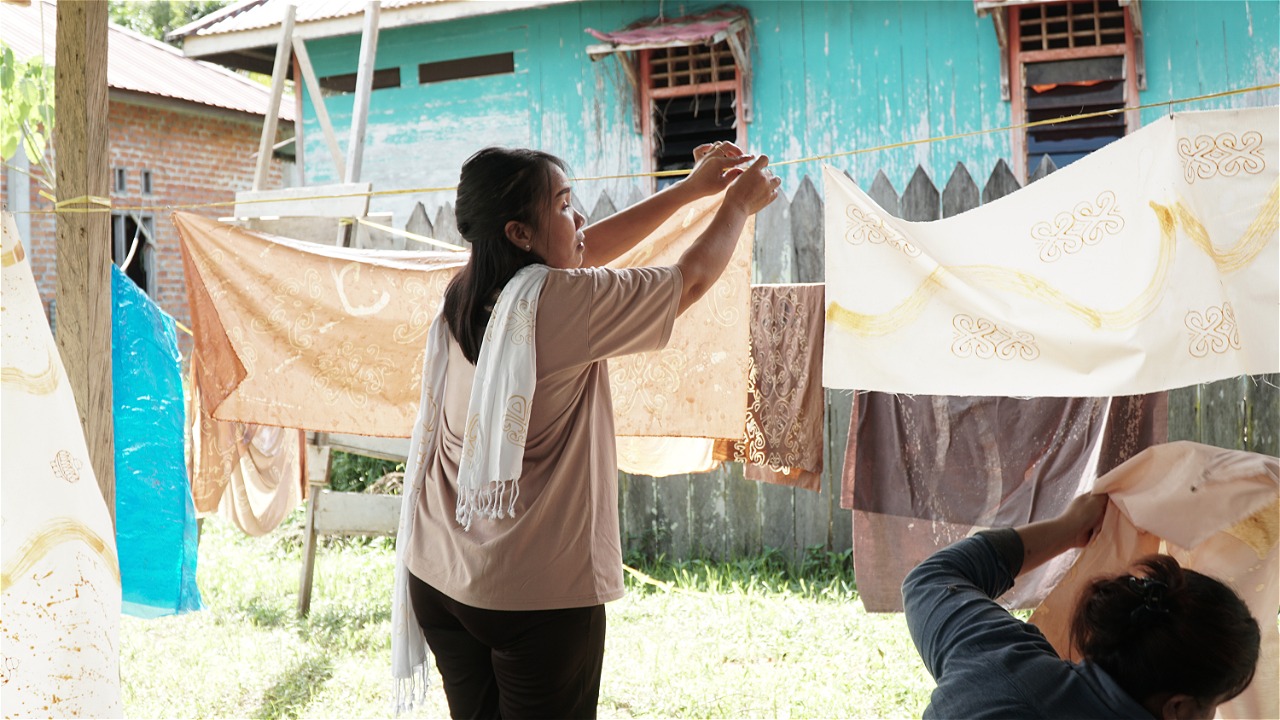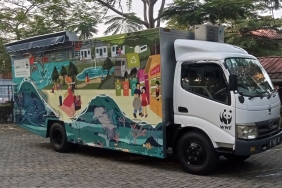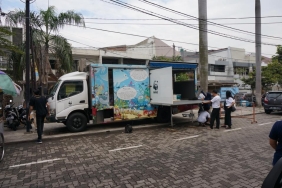WHEN FASHION STARTS TO CONSIDER THE SUSTAINABILITY OF NATURE
By: Hanna Astaranti (Panda Mobile Staff)
What is the relationship between fashion and the environment? Not many people know that fashion choices can affect the environment. Take clothes made from fur or animal skins. Some even come from the skin of protected animals. In addition, the textile industry is one of the industrial sectors that contributes a large amount of carbon emissions. In the manufacturing process, textile waste can also have a negative impact on the surrounding environment. Not to mention the habit of buying new clothes just to fulfill shopping lust. This habit will only increase the amount of waste.
But now many parties have begun to consider the sustainability of nature in relation to fashion. This also happened at the Faculty of Art and Design, Universitas Negeri Jakarta on Monday (14/05). In an event titled "X-Otics Endemic Fashion Show", WWF-Indonesia's Panda Mobile was invited to share knowledge and discuss endemic animals and waste management.
A total of 120 students enthusiastically welcomed the arrival of the WWF-Indonesia Mobile Panda. Sani Firmansyah, as the representative of WWF-Indonesia's Panda Mobile, talked about endemic animals in Indonesia, starting from the characteristics, habitat, and threats to the survival of animals in the wild. One example is the existence of the Sumatran Tiger. This native Indonesian tiger is the only remaining tiger sub-species in Indonesia. Previously there were two other sub-species, the Javanese Tiger and the Balinese Tiger. These two tiger species have already gone extinct due to massive poaching by humans. The current status of the Sumatran Tiger is Critically Endangered as there are only 371 individuals left in its natural habitat.
In addition to explaining about endemic animals in Indonesia, Sani also explained the dangers of waste for the survival of animals. The plastic straws that we usually use are generally only used for one time use. In fact, plastic straws take a very long time to disintegrate. Microplastics, which are the smallest part of plastic, will remain and cannot be removed. This is very dangerous for marine animals that we will consume because microplastics are said to be at risk of causing various diseases. Plastic straw waste that is thrown away carelessly can also end up in the sea and endanger marine life who think that the straw is food. Many incidents have shown the presence of plastic waste in the stomachs of stranded sea turtles that have been necropsied. Instantly the participants sighed in disappointment at the reality of the amount of waste that is carelessly discarded.
In the connection between endemic animals and fashion, Sani conveyed the importance of finding out where the products we buy come from. Through the #BeliYangBaik campaign, participants were advised not to buy clothes made from the skin of animals such as crocodiles, snakes or tigers. They were also advised not to buy souvenirs or accessories with animal-derived materials as it would have a negative impact on the sustainability of animals in the wild.





